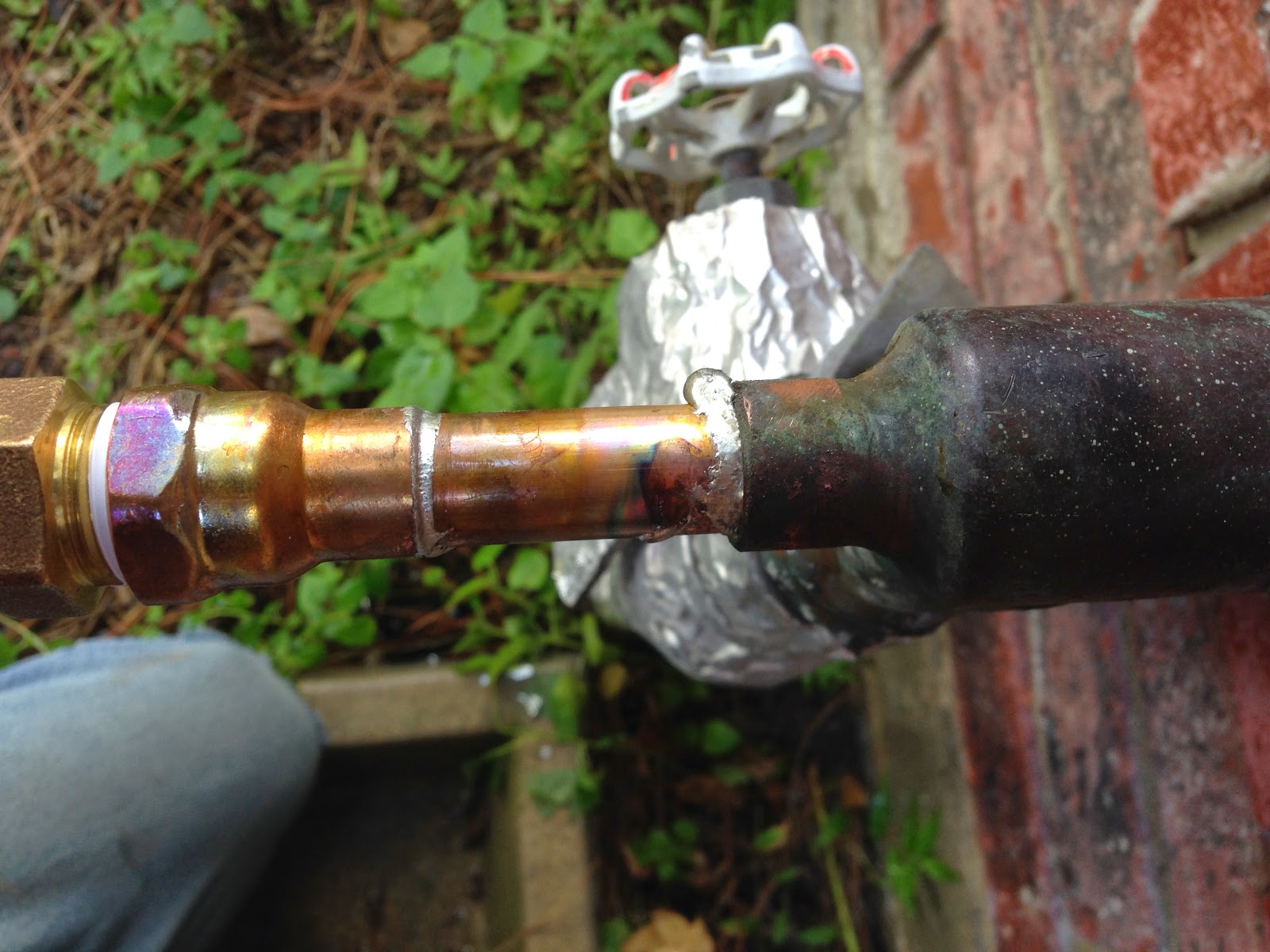This is an overdue notice from my library telling me that I have items overdue.
Now, how is this problem solving, you might ask? Well, I *hadn't* received a reminder notice informing me a few days before the items were due that the due date was approaching. I haven't received any email from my library since we switched ILS systems 18 months ago. I was told in meetings with IT support that this issue is because some internet service providers view the email as spam and do not accept it. So, vendor issue, not ours.
Well, this explanation of things *seemed* reasonable at first, I also couldn't stand that it was true, and it's a terrible explanation from a customer service stand point. "It's Google's fault" doesn't seem like a good stance to take officially for any organization. And just because I had an explanation didn't keep me from continuing to complain. A lot. To anyone that had ears.
And one of my ear-having friends/coworkers expressed surprise that I wasn't getting my notifications through Gmail, since she has since the switchover. "Huh," I said, while on the phone with her. "Huh." And I just couldn't stand the idea that somehow Gmail liked my friend better than me, and I decided to see if it were just possible that the error was on my library's side and not Google's.
And it was. In our new system, there are two address fields for customers. And then a toggle that selects which address field is considered the primary address. My Gmail address and all the test email addresses that IT had placed in my account to see *why* I wasn't getting any emails, were placed in Address 1. Address 2 contained my home address.
And Address 2 had been selected as my primary address. So of course, no email notifications would be sent because the system wasn't seeing them as there.
*Head desk*
So, I have solved a problem at 6:20 on a Saturday morning.
------------------***************************------------------
Oatmeal. Wonderful, delicious, nutritious oatmeal.
I've been eating the stuff daily for nearly a year now, as it is touted as having super health benefits for breast-feeding mothers. Plus, you know, good. I've been fine making and flavoring my own oatmeal every morning, and every morning being a little disappointed in my oatmeal. Because it never tastes as yummy as those packets of instant oatmeal do. You know, the ones full of chemicals and flavorings and things that don't exist in nature?
Also, my brain doesn't really fully engage itself until about 7:00 in the morning, roughly 3 hours after I get up and make my oatmeal. Often when I'm making my oatmeal, I'm not actually measuring out anything correctly and just sort of dumping out ingredients in a sort of, "Eh, that looks right," kind of way. Sometimes the result is not so good. Sometimes it's disgusting.
Problem that needed solving.
As Nate said just yesterday, someone has probably already found a solution to your problem and posted it online. Probably in a blog. And they had.
Kudos have to go to these two sources:
(Shares the secret to good instant oatmeal, which is that some of the oats are blended down into a powder)
(Good source for the other types of things to put into oatmeal to make it wonderful)
Basically, my solution combines the two sites for something magical.
DIY Life Hack Instant Oatmeal Packets That You Can Feel Good About Eating
DIY Life Hack Instant Oatmeal Packets That You Can Feel Good About Eating
What you need:
10 cups instant/minute oatmeal
Instant powdered milk (makes it creamy - don't skip!)
Sugar of your choice (I like brown sugar)
Salt
Spices
Nuts, dried fruit, freeze-dried fruit, other mix-ins
Chia seeds and Oat bran (optional, but makes for a healthier oatmeal)
Little snack baggies
Sharpie
Pull out 3 cups of instant oatmeal and place in blender. Blend until you've made a fine powder. Mix the powdered oatmeal back with the 7 cups of regular oats.
Add the following ingredients/amounts to each little baggie (I end up 18-20):
1/3 cup oats
2 teaspoons powdered milk
1 tablespoon sugar
Pinch of salt
1/8 teaspoon spices
2 teaspoons oat bran (optional)
1 teaspoon chia seeds (optional)
Then add whatever mix-ins you like. I just added what looked like a good amount, but if I measured it, I would probably add no more than 1/8 cup of anything and no more than 1/4 cup total mix-ins.
Seal your baggies and label with their flavors.
When you're ready to eat, pour into a bowl, add 2/3 cup hot/boiling water and enjoy!
My flavor combinations:
Cinnamon raisin
Strawberry walnut
Cranberry walnut
Choc-Strawberry (added 1 tablespoon powdered chocolate)
Ginger walnut (candied ginger pieces)
Strawberry nutmeg
I used freeze-dried strawberries and they are the BEST. Invest in these. They make your oatmeal.




























































